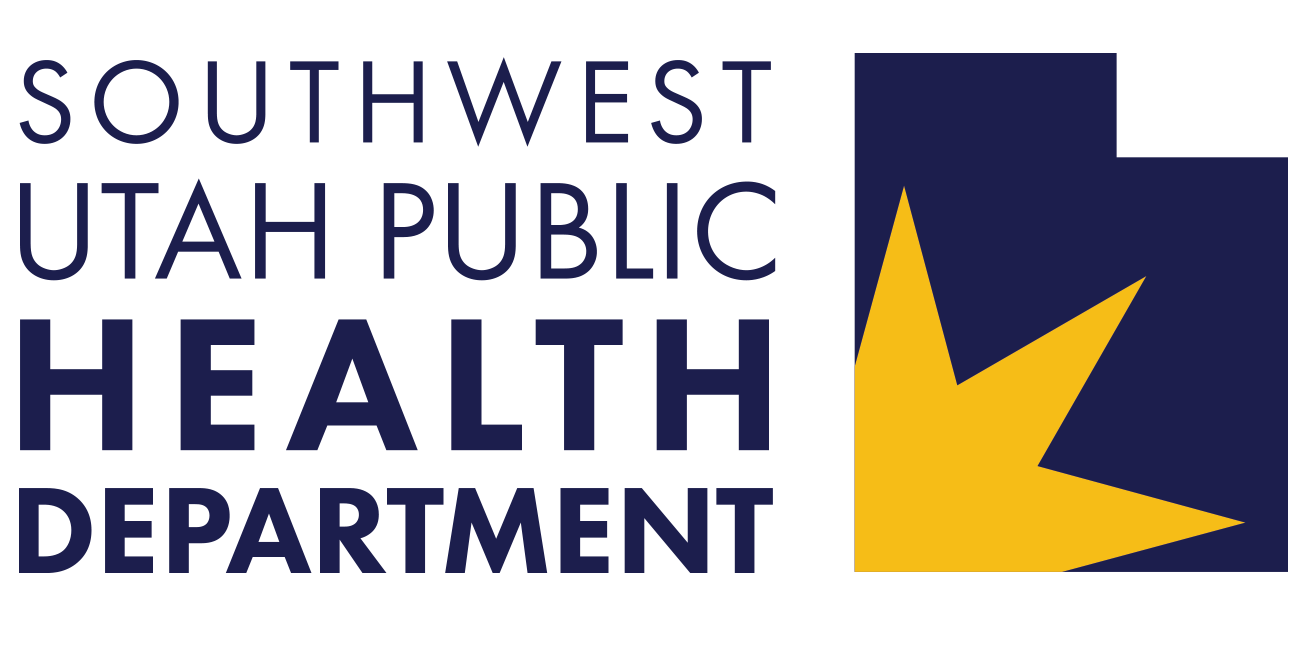tuberculosis (tb)
Tuberculosis (TB) is caused by a bacterium called Mycobacterium tuberculosis. The bacteria usually attack the lungs, but can also attack any part of the body. Not everyone who becomes infected with TB bacteria becomes sick. There are two TB-related conditions: latent TB infection (LTBI) and TB disease. Latent TB allows the bacteria to live in your body without making you sick because the body can fight off the bacteria. On the other hand, individuals with TB disease no longer know how to fight off the TB bacteria and therefore the individual is sick. If not treated properly, TB disease can be fatal.
Prevention
Prevent latent TB infection from progressing to TB disease. Those at high risk for developing the disease include:
- People with HIV infection.
- People who became infected with TB bacteria in the last 2 years.
- Babies and young children.
- People who inject illegal drugs.
- People who are sick with other diseases that weaken the immune system.
- Elderly people.
- People who were not treated correctly for TB in the past.
In many countries outside of the United States, TB is much more common. Travelers should avoid close contact or prolonged time with known TB patients in crowded, enclosed environments.
Symptoms
Symptoms of TB depend where in the body the tuberculosis is affecting. Symptoms of pulmonary tuberculosis, or TB in your lungs, include:
- Bad cough (lasts 3 weeks or longer)
- Chest Pain
- Coughing up Blood or Sputum (phlegm from deep inside the lungs)
- Weakness or Fatigue
- Weight Loss
- No Appetite
- Chills
- Fever
- Night Sweats
Testing/Diagnosis
The TB skin test is also called the Mantoux tuberculin skin test (TST). A TB skin test requires two visits with a health care provider. On the first visit the test is placed; on the second visit the health care provider reads the test. A positive skin test means the person was likely infected with TB bacteria. Further tests are needed to determine if the person has latent TB infection or TB disease.
TB blood tests are also called interferon-gamma release assays, or IGRAs. Two TB blood tests are approved by the U.S. Food and Drug Administration (FDA) and are available in the United States: the QuantiFERON®-TB Gold Plus (QFT-Plus) and the T-SPOT®.TB test (T-Spot). These tests are best for those who have had the TB vaccine bacille Calmette–Guérin (BCG), or for individuals who have a may have a difficult time returning for a second appointment to look for a reaction to the TST.
Treatment
There are quite a few treatment regimens for latent TB infection.
These medications include:
- Isoniazid (INH)
- Rifapentine (RPT)
- Rifampin (RIF)
The above can be used on their own or in a combination.
Treatment can be as short as 12 weeks, and as long as 9 months.
There are also several treatments for TB disease, but a standard four drug regimen is most frequently used.
This regimen is usually as short as 6 months, but can be 12 months long or longer depending on where tuberculosis is affecting the body.
Short-course treatment regimens have higher completion rates than longer regimens. Any individuals who test positive for tuberculosis through blood work or skin test should be referred to primary care for a full assessment and possible treatment.
Providers
Any provider can assess individuals for tuberculosis and treat latent TB infection. TB disease is usually treated via an infectious disease doctor.
For further assistance with treatment options or guidelines, contact the local TB nurse at the Health Department.
Contact Us
(435) 865-5196
(435) 986-2566
Fax: (435) 652-4069

